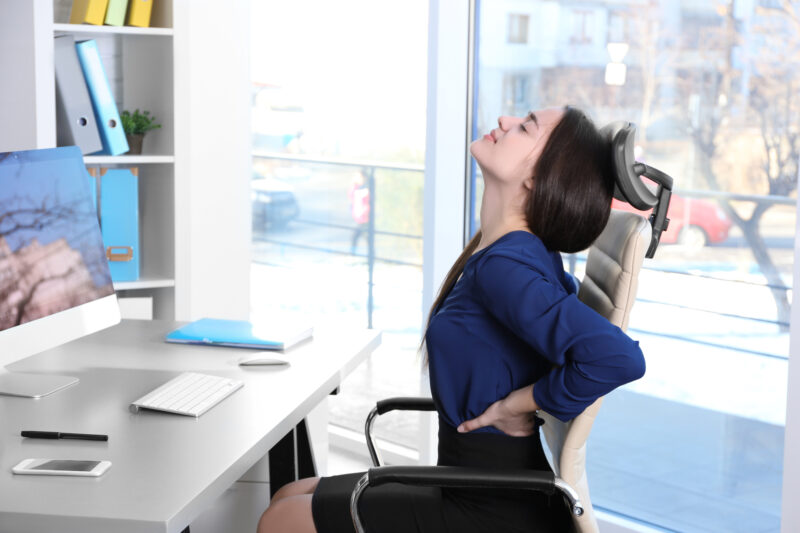In the words of Tim Cook, Apple’s current CEO: Sitting is the new cancer.
In fact, Americans are sitting more than we ever have in history.
According to the American Heart Association, sedentary jobs have increased 83% since 1950 and we sit on average for about 15 hours every day.
Sitting for prolonged periods of time impacts our health in a number of ways, both mentally and physically.
For our brain, sitting can negatively affect our memories; the longer one sits, the harder it is to remember and develop memories. This is because the longer we sit, the thinner the regions of the brain associated with memories becomes.
The brain needs oxygen from a constant supply of blood to function effectively – movement increases our blood circulation, promoting better cognitive function.
In the long term, the brain can suffer from lower cognitive levels, increased aging and increased chances of depression and anxiety without proper blood flow that is linked to physical activity.
For the body, particularly the neck and spine, prolonged sitting is detrimental.
Due to today’s technologically driven world, people are on mobile phones, laptops and desktops for a majority of their day, often resulting in the neck being strained and placed in awkward positions as we look at screens. Over time, our necks show signs of stress, especially in our vertebrae, from these unnatural positions.
The stress can be indicated by neck pain and soreness. Similarly, our backs are suffering from unnatural positions and poor sitting posture at our desks.
Poor posture can lead to compressed spinal discs, herniated discs, chronic back pain, injury or in the most extreme cases, complete degeneration of spinal discs.
To combat these incredibly detrimental effects of sitting, Kuether Brain and Spine suggests the following:
- Try to stand up and walk around after every 30 minutes of sitting
- Request a standing desk or sit on a yoga ball to provide a variety of postures during the work day
- Make a commitment to getting at least 60 minutes or more of physical activity everyday whether it’s walking to work or heading to the gym
- Implementing at-desk exercises and stretches into your daily routine










